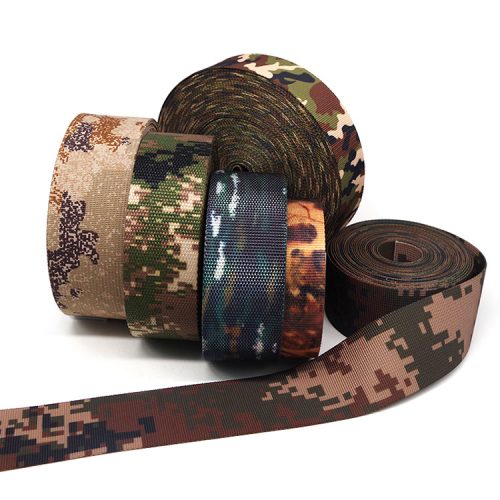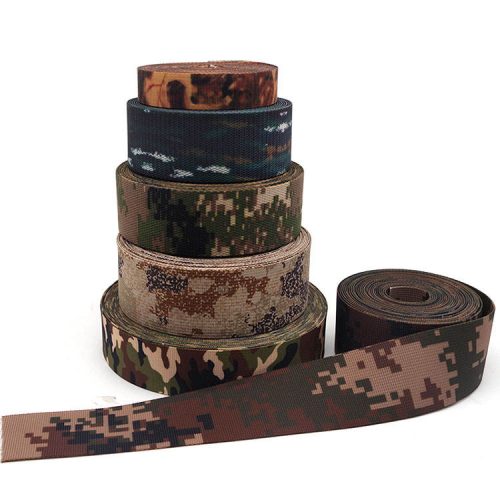Creating eco-friendly fashion using cotton webbing involves considering sustainable practices, materials, and designs that minimize the environmental impact of the products. Here’s how you can incorporate cotton webbing into eco-friendly fashion:
- Sustainable Sourcing:
- Choose organic cotton webbing, which is produced without synthetic pesticides and fertilizers, reducing harm to the environment and promoting soil health.
- Recycled Cotton:
- Opt for recycled cotton webbing, which is made from post-consumer or post-industrial cotton waste, reducing the demand for new raw materials.
- Low-Impact Dyes:
- Use eco-friendly and natural dyes for cotton webbing to minimize chemical pollution in water systems.
- Upcycled Design:
- Incorporate cotton webbing into upcycled or repurposed fashion items, giving new life to discarded clothing or textiles.
- Versatile Accessories:
- Create versatile accessories like belts, straps, and bag handles using cotton webbing that can be mixed and matched with different outfits.
- Minimalist Aesthetics:
- Design minimalist fashion pieces that focus on timeless styles, reducing the need for frequent replacements and following the principles of sustainable fashion.
- Ethical Production:
- Ensure that the products are made in ethical and fair working conditions, supporting the well-being of workers involved in the production process.
- Local Manufacturing:
- Produce fashion items locally to reduce the carbon footprint associated with transportation and to support local economies.
- Quality Craftsmanship:
- Prioritize quality and craftsmanship to create durable products that last longer, reducing the overall consumption of clothing and accessories.
- Customizable Design:
- Create products with customizable features, allowing customers to choose their preferred colors, sizes, and styles. This reduces waste and ensures that products are tailored to individual preferences.
- Biodegradable Finishes:
- Use biodegradable or natural finishes for the cotton webbing, avoiding harmful chemicals that persist in the environment.
- Transparent Supply Chain:
- Provide transparency about the sourcing and production processes of your products, building trust with environmentally conscious consumers.
- Educational Campaigns:
- Educate your customers about the benefits of eco-friendly fashion and the sustainable qualities of cotton webbing.
- Repair and Maintenance:
- Encourage customers to repair and maintain their products, offering repair services or instructions to extend the lifespan of the items.
- Circular Design:
- Plan for the end-of-life of your products by using materials that can be easily recycled or composted.
- Collaborations and Partnerships:
- Collaborate with other eco-friendly brands or organizations to raise awareness about sustainable fashion and encourage positive change.
By integrating these eco-friendly practices into your fashion designs using cotton webbing, you can contribute to a more sustainable and responsible fashion industry while creating stylish and environmentally conscious products.


